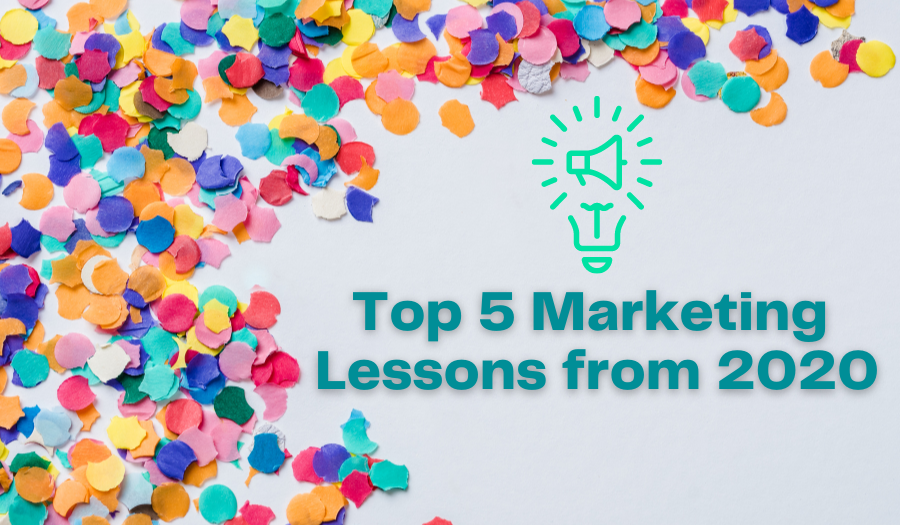Our Client Onboarding Guide
One of our favorite things about working with new clients is the exploratory phase. The beginning of a partnership and learning about the business's challenges and goals is always exciting, but it is also one of the most important aspects of building a strong working relationship. Through trial, error, and great feedback from our incredible clients, we've developed a process that both engages and delights the new businesses we work with.
Because we feel strongly that every company should have a positive onboarding experience, we've decided to share our secret sauce for onboarding. A good customer onboarding process should be designed to provide your customers with a clear and easy-to-follow guide for what they need to do in order to get the most out of their product or service. We've found that a successful customer onboarding process can help both your business and your customer's save time and money by eliminating the guesswork and streamlining the steps needed to getting started.
What is Onboarding?
Customer onboarding is the nurturing process that gets new customers acquainted and comfortable with your product or service. The goal of onboarding is to get your clients engaged with your product or service.
Why Onboarding is Important
When you close the sale and gain a new customer, how you onboard them sets the tone for your ongoing relationship with them. When you provide an exceptional experience, it increased their customer lifetime value (LTV), reduces churn, and can also turn new customers into your business promoters.
In other words, onboarding is imperative to customer retention and, in turn, your business growth.
How to Create an Onboarding Strategy
Customer onboarding starts the very first time that a prospect comes in contact with your brand. Each encounter you have with them is an opportunity to gather information that will help you create an effective onboarding experience. So, it’s important to build a seamless experience between every touchpoint of your interaction with a prospect or customer.
While there are a lot of different ways you can onboard, we've found that these steps are a great way to get started:
- Define your objectives
- Map the customer journey
- Content development
- Performance analysis and iteration
Along with these steps, you will also want to keep customer retention at the forefront.
Of course, you’ll refine this as you learn more about your customers, but you have to start with an objective in mind. As you build out your onboarding strategy, make sure it covers these retention goals:
- Get users to use your product/service more than once within the first week.
- Establish a pattern of usage or communication.
- Make your product/service indispensable.
The more you can treat your customer interactions as a holistic experience, the better.
The Onboarding Template
We use this template when getting started with a client to help better understand their needs and goals, and have a document to go back to for our team to reference. It covers basic information about the client and their business, so you have their goals and key performance indicators handy during future calls. This document also serves as a guide for future projects, tactics and conversations, as it helps to remain focused on their top goals.






Leave a Reply